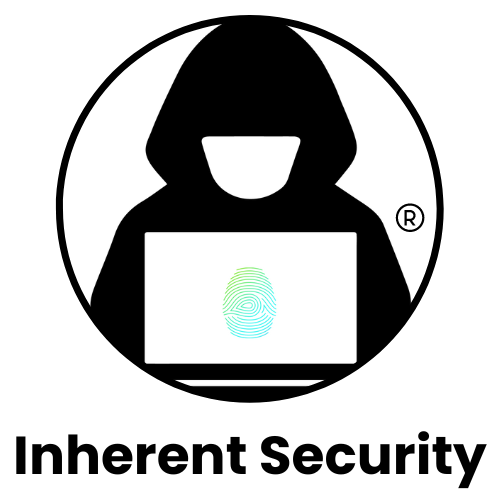Hackers Can Hijack This Patient Monitor, Is Your Medical Device Next?
Introduction
Cybersecurity in health tech is a patient safety issue.
Recent vulnerabilities found in widely used medical devices highlight how systems lacking thorough security assessments can be exploited, putting both patient data and lives at risk.
In January 2025, CISA and the FDA issued urgent warnings about security flaws in the Contec CMS8000 patient monitor, revealing that hardcoded credentials and backdoors could allow attackers to take control of devices remotely.
For health tech CIOs and CISOs, this is a wake-up call.
If your organization is developing or integrating connected medical devices, securing them must be a top priority to maintain compliance, protect patients, and safeguard your company’s reputation.
What Happened? A Breakdown of the Latest Medical Device Vulnerabilities
According to CISA’s security advisory, the Contec CMS8000 patient monitor used widely in hospitals and clinics, has multiple high-risk vulnerabilities that could be exploited by cybercriminals. Here’s what was discovered:
Hardcoded Credentials: The device contains fixed username-password combinations that attackers can easily exploit.
Backdoor Access: Hackers could remotely manipulate device functions without any security barriers.
Lack of Encryption: Patient data transmitted from these devices is unprotected, increasing the risk of interception.
The FDA has urged healthcare facilities to take immediate action, warning that a compromised device could lead to incorrect patient readings, operational failures, or even manipulation of life-supporting functions.
Why This Matters for Health Tech & Medical Device Companies
If your company is in health tech, medtech, or connected medical devices, these design flaws should serve as a red flag for potential security risks across your product lines.
Here’s why:
Regulatory & Compliance Risks: Failure to secure medical devices can lead to violations of FDA cybersecurity and HIPAA guidelines.
Reputation Damage: A single security breach could cause loss of patient trust and negative media exposure.
Increased Attack Surface: The more IoT-connected devices a healthcare system has, the greater the potential for cyber threats.
5 Steps to Secure Your Medical Devices Before Market Release
Rather than reacting to cybersecurity design flaws after they've been identified by customers, use a proactive mindset to prevent go-to-market bottlenecks.
Here are five essential steps health tech leaders should take with their product launches:
1. Conduct a Full Security Audit of Your Innovation
Assess your medical devices within your product lines before introducing them to your customers.
Identify outdated firmware, unpatched vulnerabilities, and hardcoded credentials using a combination of risk assessments and penetration tests.
2. Embed Security in the Development Process
Ensure security is integrated into your development lifecycle rather than being an afterthought.
Implement security-by-design principles, ensuring that your medical devices are built with security features that enable resiliency against cyber threats from the outset.
3. Build-in Data Encryption & Secure Communications
Medical devices must use end-to-end encryption from the outset to prevent unauthorized data interception.
Integrate encryption methods into your product’s architecture before launch to meet regulatory expectations and secure sensitive patient data.
4. Establish a Proactive Firmware & Patch Management Strategy
Develop a structured plan for continuous firmware updates and security patches before releasing your device.
Work closely with your engineering and DevSecOps teams to ensure manual\automatic, secure update mechanisms are built into your products, reducing post-market vulnerabilities.
5. Vet & Secure Your Third-Party Vendors
Your device security is only as strong as its weakest link.
Evaluate third-party vendors and component suppliers before integrating their technologies into your product.
Conduct security assessments and compliance audits to ensure they align with FDA and HIPAA cybersecurity guidelines.
The Future of Medical Device Cybersecurity
The FDA and CISA are pushing for stronger cybersecurity requirements for all connected medical devices.
Regulations have mandated built-in security features and vulnerability disclosure programs.
For CIOs, CISOs, and health tech innovators, staying ahead of these regulations isn’t just about compliance, it’s about leading the industry in patient safety and trust.
Take Pride in Securing Health Tech Innovations
Cybersecurity is about protecting data and lives.
The medical device vulnerabilities recently exposed highlight how one weak link in a healthcare system can put patients at risk.
As a leader in digital health or medtech, prioritizing security today ensures trust, compliance, and long-term innovation success.
Take Action: Start by assessing your compliance, auditing your devices, and take proactive steps to eliminate security gaps.
